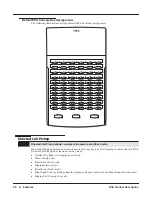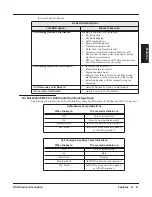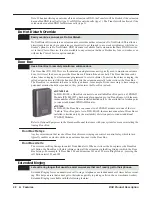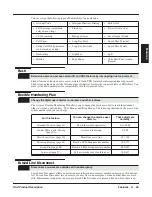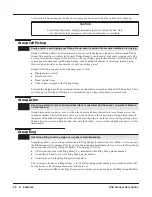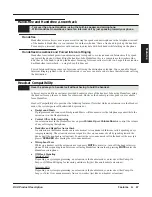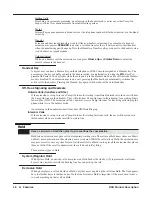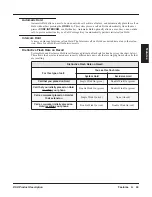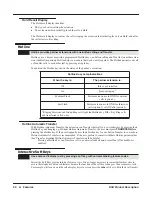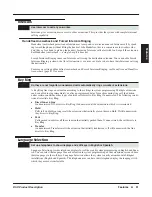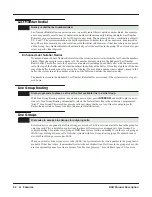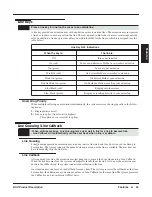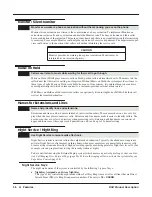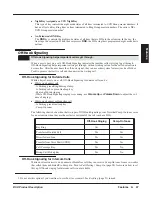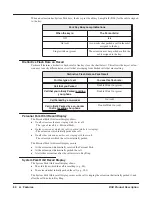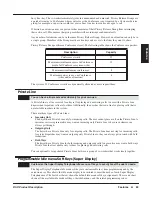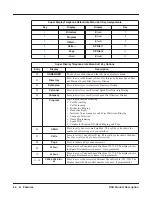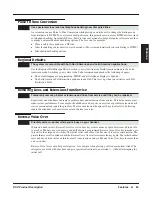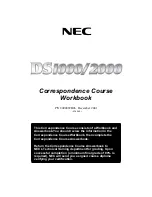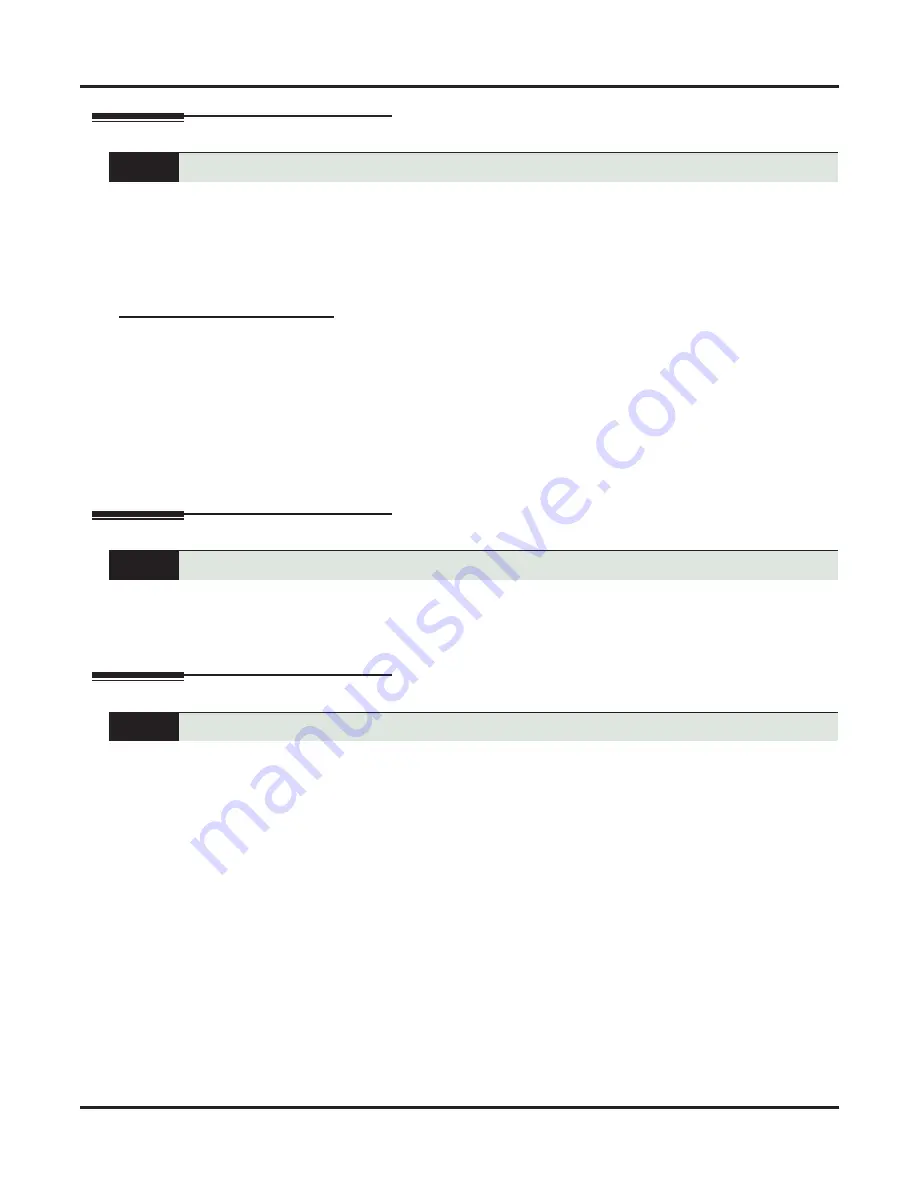
52
◆
Features
DSX Product Description
Last Number Redial
Last Number Redial allows an extension user to quickly redial the last outside number dialed. For example,
a user may quickly recall a busy or unanswered number without manually dialing the digits. Last Number
Redial saves in system memory the last 20 digits a user dials. The number can be any combination of digits
0-9, # and *. The system remembers the digits regardless of whether the call was answered, unanswered or
busy. The system normally uses the same line as for the initial call. However, if that line is busy and is part of
a Line Group, Last Number Redial will automatically select the next line in the group. The user can also pre-
select a speci
fi
c line if desired.
Enhanced Last Number Redial
If enabled, Enhanced Last Number Redial allows the extension user to select from the last 5 outside numbers
dialed. When the user places an outside call, the number dialed is stored in the Enhanced Last Number
Redial buffer. This buffer saves the 5 most recent numbers (including Speed Dial calls), with the most recent
call at the top of the buffer and the oldest number at the bottom of the buffer. Old calls get pushed off the bot-
tom of the buffer to make room for new calls at the top. If a user dials a number that is already stored in the
buffer, the system inserts the number at the top of the buffer and deletes the duplicate entry.
The numbers stored in the Enhanced Last Number Redial buffer are retained if the system resets or is pow-
ered down.
Line Group Routing
With Line Group Routing enabled, an extension user can just press
INTERCOM
and dial
9
to place an out-
side call. Line Group Routing automatically selects the
fi
rst available line in the extension’s programmed
“dial 9” Line Group. This simpli
fi
es placing calls in systems that have a lot of lines for outgoing calls.
Rather than press one of many line keys, the user just dials
9
instead.
Line Groups
Extension users can optionally dial Line Group access codes 90-98 to select an available line in the group for
outgoing calls. This is helpful in applications that have different services arranged into Line Groups. For
example, dialing 90 could access a group of DDD lines for local calls, and dialing 91 could access a group of
WATS lines for long distance calls. Note that systems with
Line Group Routing
(page 52) enabled cannot
also dial Line Group access codes 90-98.
When a user dials a Line Group access code (90-98), the system selects the lowest number in the group that is
available. If that line is busy, it automatically selects the next highest line. If all lines in the group are busy, the
user can optionally queue for a line to become free. See
Line Queuing / Line Callback
(page 53) for more.
Quickly redial the last number dialed.
Dial a single code to place a call over the
fi
rst available line in a Line Group.
Dial codes to access Line Groups for outgoing calls.
Summary of Contents for DSX PRODUCT DESCRIPTION
Page 150: ...138 IntraMail Features DSX Product Description...
Page 160: ...Parts List 148 Specifications and Parts DSX Product Description...
Page 161: ......

